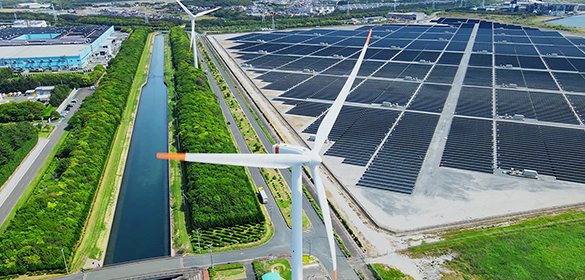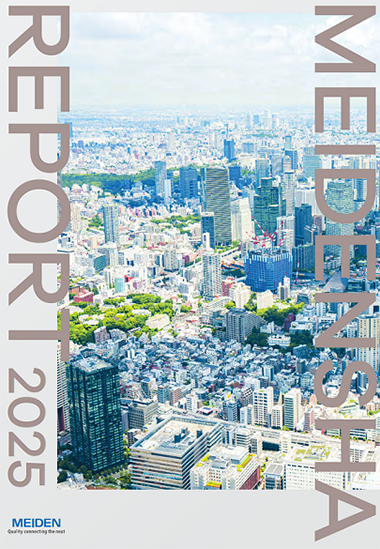



Meidensha Report will then be available in this page.
Risk Manageme...
Sustainability Partnershi...
Initiatives and Results D...
Initiatives ...
Enhancing Group Procureme...
Reduction of Volume of Volatile O...
Initiatives ...
Initiatives to Avoid Infr...
Occupational Safety and H...
Initiatives Life cycle assessment (LCA) initiatives ...
Promoting Sustainability ...
Reduction of CO2 Emission...
Compliance with Environme...